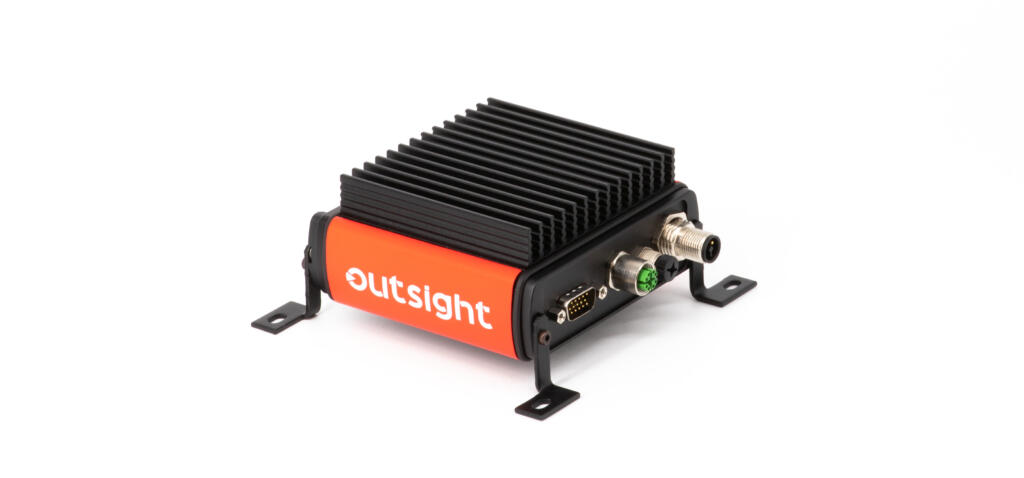Funding Challenge: Robots For a Safer World

The UK government is allocating up to £2 million for UK businesses to develop electronics, sensors and photonics for robotics and AI systems in high-intensity conditions. Extreme temperatures, high pressure and radiation make for a hostile environment for humans; one that would be better served by robots, if they could withstand it.
Safer technologies for extreme environments
The contest is linked with the Industrial Strategy Challenge Fund to develop safer and more effective technology for extreme environments, provided and delivered by UK Research & Innovation and Innovate UK.
Overall, the government is investing £93 million in advanced robotics solutions that remove people from potentially dangerous situations, as well as creating cross-disciplinary opportunities. The robots for a safer world programme is also funding robotics research hubs to upgrade public services.
Funding research and innovation
The goal of the competition is to reform the way robots operate in extreme conditions by developing rugged devices and components capable of withstanding intense climates.
Categories include:
- Power supplies
- Control systems
- Sensing and actuation
- Onboard electronics
- Radio frequency electronics
- Task-oriented payloads
With cutting-edge sensor systems from Ouster LiDAR and Navtech Radar, long-range Telemecanique ultrasonic sensors and a central nervous system comprised of the IDAPT OBU development tool, these products offer fantastic opportunities for R&D projects right across the funding call.
Project themes
The funding competition is specifically aimed at feasibility studies and collaborative R&D.
You may want to consider one of the following:
Compound semiconductor-based electronics
- Development of unified circuits and components that support robotics and AI systems, such as advanced sensing, communication or actuation.
- Paring down the size and weight of power supplies.
Modelling and simulation
- Projects that examine electromagnetic effects or modelling radiation shielding for use on robotics and AI systems.
Optics and photonics-based sensing
- Use of LiDAR technology for high-resolution 3D mapping in areas like space to help with navigation and perception.
Resilient design
- Design and development of electronics, components, circuits and devices to make them stronger and tougher.
About the competition
The competition opened on 11th March 2019. You must submit your application by midday on 8th May 2019. Total costs can be anywhere between £25,000 and £100,000, lasting between 12-18 months and ending no later than 31st March 2021.







